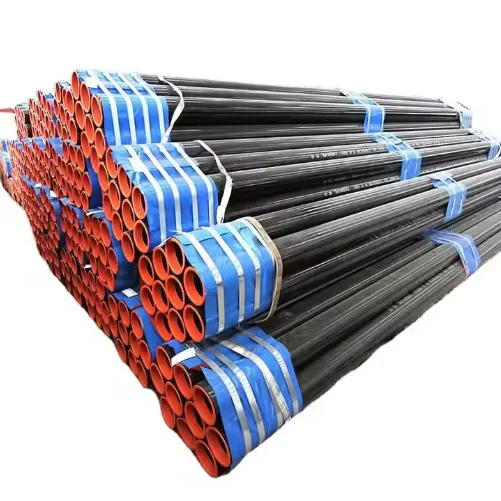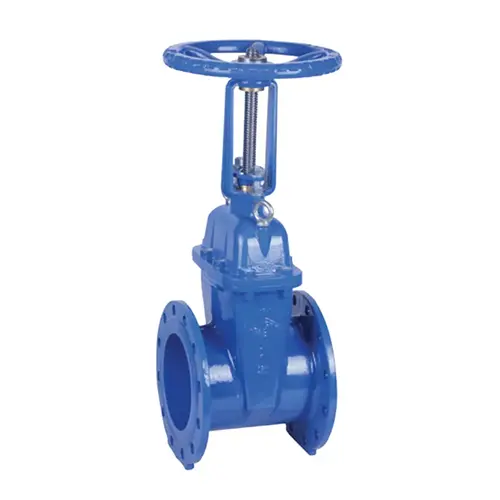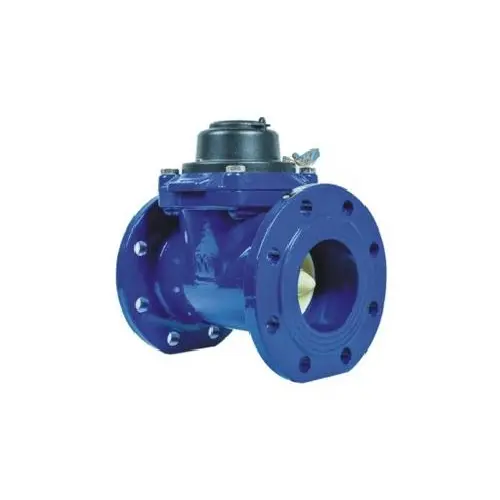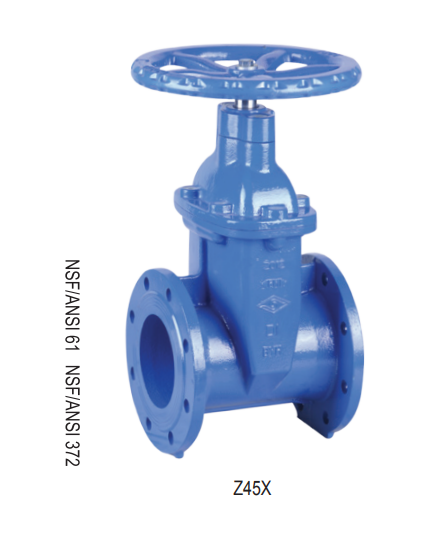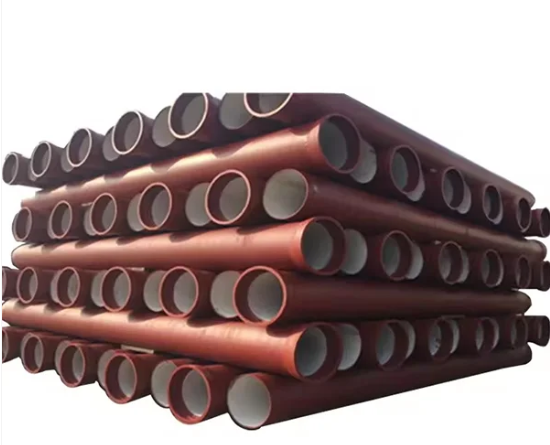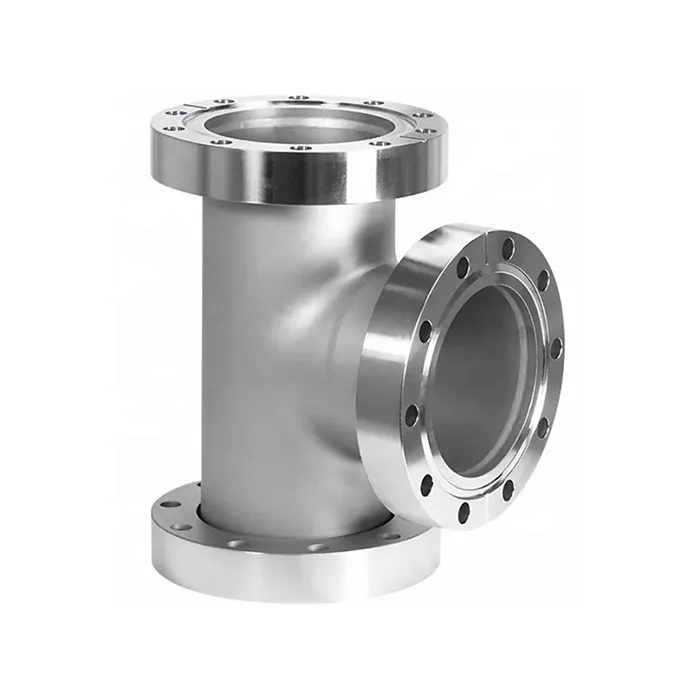Email Us
Why do Carbon Steel Pipes keep winning tough industrial projects?
When I am sizing lines for steam, process water, or mid-temperature hydrocarbons, I still find myself shortlisting Carbon Steel Pipes first. It is the way they balance strength, weldability, and total installed cost. Over the years, I have worked with different suppliers, and as my projects grew more complex, I began collaborating with EPOCH for consistent mill traceability and fast QA responses. That experience shaped how I evaluate Carbon Steel Pipes today—through real field constraints instead of brochure talk.
What performance advantages actually move the needle on site?
- Pressure and temperature headroom — Thick-wall Carbon Steel Pipes handle elevated pressures and mid-to-high temperatures without exotic alloys, which keeps spares and training simple.
- Predictable mechanical behavior — High yield strength, low creep at operating temperatures, and stable thermal expansion make routing and support design straightforward.
- Weldability that scales — From SMAW to GMAW and orbital solutions, repeatable procedures mean faster tie-ins and fewer reworks when schedules are tight.
- Availability across sizes — From small bore to large OD, mill runs and cut-to-length options reduce waste and delivery risk.
How do I manage corrosion risk without overspending?
I start with the environment and choose the simplest effective system. For buried and splash-zone service, I combine coating and cathodic protection; for indoor utility lines, I keep it minimal and inspectable.
- Coating strategy — FBE, 3LPE, or liquid epoxies on spools where needed; shop-applied beats field-applied for consistency.
- Material pairing — Galvanic couples are controlled at flanges and supports; isolating gaskets prevent stray current issues.
- Inhibitors and fluids — In closed loops, treatment programs often let Carbon Steel Pipes outperform pricier alloys on lifecycle cost.
Which standards and grades make procurement smoother?
Standardization shortens QA cycles and avoids drawing-room surprises. I specify recognized norms so inspectors and mills speak the same language.
- Line pipe — API 5L (B, X42–X70) for transmission and gathering lines.
- High-temp service — ASTM A106 (Gr B, C) for steam and hot oil where temperature margins matter.
- General service — ASTM A53 and ASME B36.10M dimensions for common utility piping.
- Traceability — MTCs, heat numbers, and NDT reports attached to each batch keep turnover packages clean.
With this approach, I keep Carbon Steel Pipes aligned to code while avoiding specification creep.
What should I know about fabrication and welding quality?
- Preparation — Consistent bevels, proper fit-up, and preheat per carbon equivalent reduce hydrogen cracking risk.
- Procedures — Qualified WPS and welder continuity logs prevent NCRs when audits come around.
- Inspection — Smart NDT selection (VT, MT, UT, RT as appropriate) catches issues early without stalling the line.
Done right, fabrication speed becomes a competitive edge for Carbon Steel Pipes, especially on shutdown work.
How do I compare materials quickly when time is short?
| Option | Typical Strength | Temp Range | Corrosion Behavior | Install Speed | Cost Index | Typical Uses |
|---|---|---|---|---|---|---|
| Carbon Steel Pipe | High yield and tensile | −20°C to 425°C typical | Needs coating or treatment | Fast with standard welding | Low to medium | Steam, process water, hydrocarbons |
| Stainless Steel | Medium to high | Wide, depending on grade | High resistance | Moderate | High | Corrosive or hygienic service |
| Ductile Iron | Medium | Moderate | Coating dependent | Mechanical joints | Medium | Municipal water |
| Copper | Low to medium | Moderate | Good in many waters | Moderate | High | HVAC, small bore |
| HDPE | Low | Limited by temperature | Excellent in many soils | Fusion or mechanical | Low | Buried utilities, slurry |
This snapshot is why I keep recommending Carbon Steel Pipes for mixed-duty plants that need strength, heat tolerance, and straightforward installation.
What information should I send to get a same-day quote?
- Standard and grade needed, for example API 5L X52 or ASTM A106 Gr B
- OD, wall thickness or schedule, and length requirements
- End finish such as beveled, threaded, or plain ends
- Coating and lining preferences including FBE, 3LPE, or bare
- Testing and documentation such as hydrotest, NACE, MTC
- Delivery terms, required date, and site constraints
With these details, I can align mill slots and lock pricing on Carbon Steel Pipes without back-and-forth delays.
How do I cut total installed cost without trading away safety?
- Match schedule to real pressure and corrosion allowance instead of defaulting to heavy walls
- Use double random lengths and spool strategies to reduce field welds
- Standardize elbows and tees to shrink fitting inventories
- Choose sensible coatings that balance protection and repairability
These choices keep Carbon Steel Pipes competitive through the full lifecycle, not just on the PO.
What recent project lessons are worth sharing?
- On a heat-recovery loop, switching to pre-beveled spools shaved hours off tie-ins and reduced punch-list weld repairs.
- For a buried fire main, targeted FBE plus CP outperformed an overbuilt coating spec and simplified future maintenance.
- By aligning ASME B36.10M dimensions early, we avoided re-routing when supports were fabricated off-site.
The common thread is clarity up front and disciplined execution using Carbon Steel Pipes that meet the job, not just the catalog.
Would you like a tailored material takeoff and pricing today?
If you are weighing options for steam, utility water, or process lines, I can help you compare scenarios using your real constraints. Share your spec and drawings, and I will assemble a fast, transparent proposal based on Carbon Steel Pipes. If you are ready to move, contact us with your RFQ and I will return a detailed quote with timelines, coatings, QA documents, and logistics baked in. Let’s make your next line safer, faster, and easier to maintain—reach out and contact us now.
-
- What are the connection methods for ductile iron pipes?
- The Origin of the Butterfly Valve's Name
- Should Your Next Water Project Trust Ductile Iron Pipe Fitting?
- What are the differences between flanges and flange blind plates?
- What issues should be noted when using flexible joints?
- How to select a check valve?
About Us
Contact Us
No. 112, Jiefang Road, Lixia District, Jinan City, Shandong Province, China
Copyright © 2025 Shandong Epoch Equipment Co., Ltd. All Rights Reserved.


